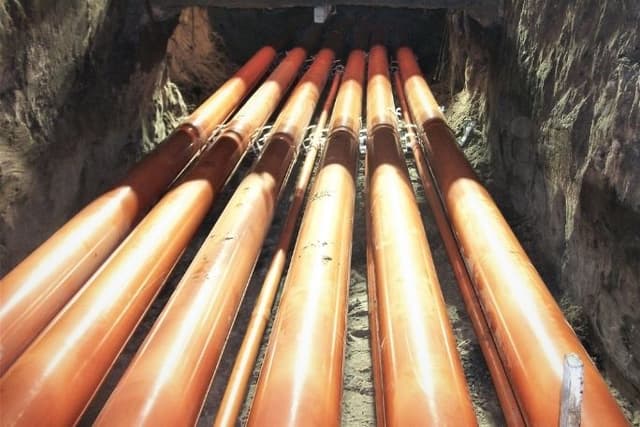
What is the Best Type of Plastic for a Pipe?
Lesson6 of 10 in this unit
PrimaryYear 5 - 6TechnologyDesign and TechnologiesEconomicDesign ThinkingIndustry, Innovation and InfrastructureTechnology
Summary
Lesson guides and printables
Lesson Plan

Teacher Content Info
